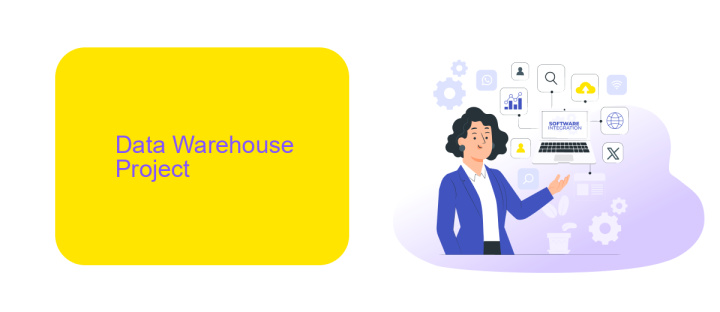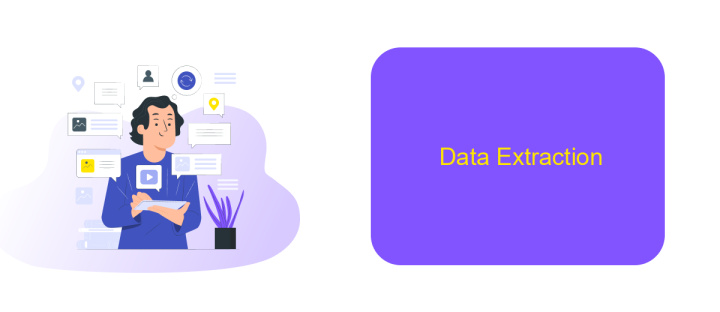Example of Data Integration
Data integration is a critical process in modern business operations, enabling seamless access and analysis of data from various sources. This article explores practical examples of data integration, highlighting its significance in improving decision-making, enhancing operational efficiency, and driving innovation. By understanding these examples, businesses can harness the full potential of their data assets to gain a competitive edge.
Introduction
Data integration is a crucial process for organizations aiming to consolidate information from various sources, thereby enhancing decision-making and operational efficiency. It involves combining data residing in different systems and providing users with a unified view. This process is essential for businesses that deal with large volumes of data generated from multiple channels such as CRM systems, ERP solutions, and social media platforms.
- Improved data quality and consistency
- Enhanced business intelligence and analytics
- Streamlined operations and reduced redundancy
- Better compliance and data governance
One effective tool for achieving seamless data integration is ApiX-Drive. This service allows users to automate data workflows between various applications without requiring extensive coding knowledge. By leveraging ApiX-Drive, businesses can easily set up integrations, monitor data flows, and ensure that information is accurately synchronized across all platforms. This not only saves time but also reduces the risk of errors, enabling organizations to focus on strategic initiatives rather than manual data management tasks.
Data Warehouse Project

The Data Warehouse Project is a crucial component in the realm of data integration, serving as a centralized repository for consolidated data from multiple sources. By aggregating data in a structured format, organizations can streamline their analytics and reporting processes, thereby enhancing decision-making capabilities. The implementation of a data warehouse involves several steps, including data extraction, transformation, and loading (ETL). These steps ensure that data is accurately collected, cleansed, and stored in a way that facilitates easy access and analysis.
To simplify the integration and automation of data flows, tools like ApiX-Drive can be invaluable. ApiX-Drive allows for seamless data transfer between various applications and databases, reducing the need for manual intervention and minimizing errors. By leveraging such services, organizations can ensure that their data warehouse is consistently updated with real-time information, enabling more accurate and timely insights. Furthermore, ApiX-Drive supports a wide range of integrations, making it a versatile solution for businesses looking to optimize their data management strategies.
ETL Process

The ETL (Extract, Transform, Load) process is a critical component of data integration, ensuring that data from various sources is accurately and efficiently combined into a unified system. This process involves three main steps: extracting data from different sources, transforming it into a suitable format, and loading it into a target database or data warehouse.
- Extract: Data is collected from multiple sources such as databases, APIs, and files. Tools like ApiX-Drive can automate this step, making it easier to gather data from various platforms.
- Transform: The extracted data is then cleaned, formatted, and transformed to meet the requirements of the target system. This may involve data cleansing, deduplication, and conversion into a standardized format.
- Load: Finally, the transformed data is loaded into the target database or data warehouse, ready for analysis and reporting. This step ensures that data is accessible and usable for decision-making processes.
By leveraging tools like ApiX-Drive, businesses can streamline the ETL process, reducing manual effort and ensuring data accuracy. This facilitates better data integration, leading to more informed business decisions and improved operational efficiency.
Data Extraction

Data extraction is a crucial step in the data integration process, as it involves retrieving raw data from various sources. The accuracy and efficiency of data extraction directly impact the quality of the integrated data. This process can be complex due to the diversity of data formats and sources, ranging from databases and APIs to flat files and web services.
To streamline data extraction, it is essential to use reliable tools and techniques. Automation plays a significant role in ensuring that data is consistently and accurately extracted. One such tool that simplifies the process is ApiX-Drive, which offers seamless integration capabilities and supports various data sources.
- Identify data sources: Determine the systems and formats from which data needs to be extracted.
- Select appropriate tools: Choose tools like ApiX-Drive that support the required data sources and formats.
- Automate extraction: Implement automation to minimize manual intervention and reduce errors.
- Validate data: Ensure the extracted data is accurate and complete before proceeding to the next step.
By following these steps and utilizing tools like ApiX-Drive, organizations can efficiently extract data, laying a strong foundation for successful data integration. Proper data extraction ensures that subsequent processes, such as transformation and loading, are executed smoothly and effectively.
Data Integration
Data integration is a crucial process in modern business environments, enabling organizations to consolidate data from various sources into a unified view. This process enhances data accessibility, quality, and consistency, which are essential for informed decision-making and operational efficiency. By integrating data, companies can break down silos, ensuring that all departments have access to accurate and up-to-date information, ultimately fostering a more collaborative and agile business environment.
One effective way to streamline data integration is by using specialized tools and services like ApiX-Drive. ApiX-Drive offers a seamless interface for connecting various applications and automating data flows between them. This service simplifies the integration process, reducing the need for extensive coding and manual intervention. By leveraging ApiX-Drive, businesses can quickly set up and manage their data integrations, allowing them to focus on leveraging their data for strategic insights and growth.
FAQ
What is data integration?
Why is data integration important for businesses?
What are the common challenges in data integration?
How can businesses automate data integration processes?
What should businesses consider when choosing a data integration tool?
Apix-Drive will help optimize business processes, save you from a lot of routine tasks and unnecessary costs for automation, attracting additional specialists. Try setting up a free test connection with ApiX-Drive and see for yourself. Now you have to think about where to invest the freed time and money!

